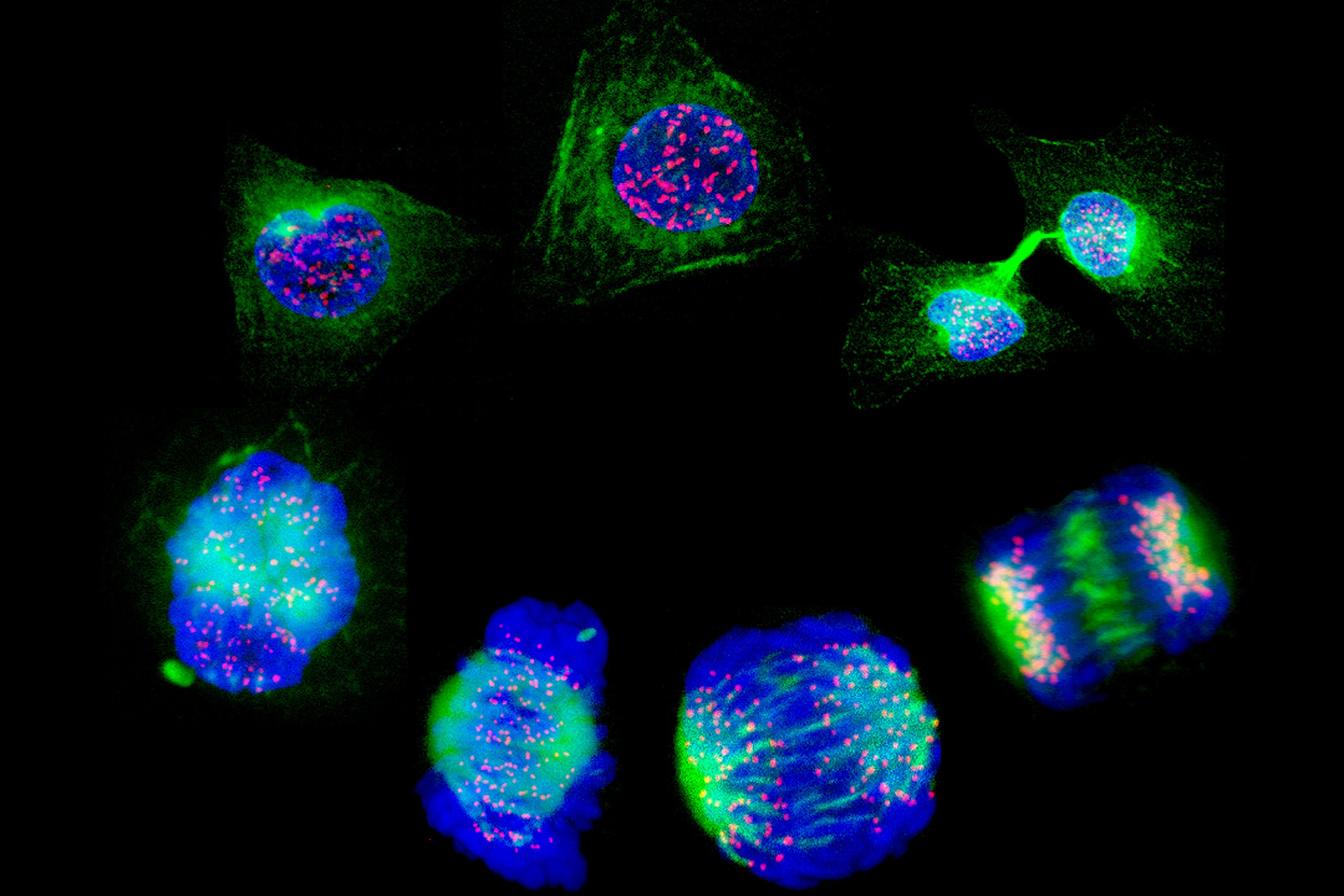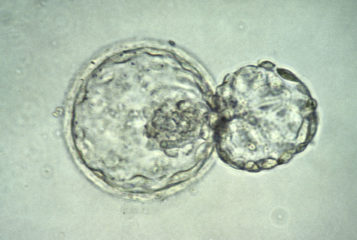CRISPR has been used to eliminate the toxic protein build-up associated with Huntington's disease in mice.
Scientists at the University of California San Diego, University of California Irvine and Johns Hopkins University, Maryland, collaborated to use CRISPR-based genome editing to target RNA directly, specifically removing the toxic RNA that causes Huntington's disease, without altering the genome.
'Our goal was to engineer a type of therapy that would only target the toxic RNA that causes Huntington's disease and could keep the rest of the human genome and transcriptome intact,' said Dr Kathryn Morelli, co-first author of the paper detailing the study published in Nature Neuroscience.
CRISPR/Cas13 is similar to other CRISPR families but it targets RNA instead of DNA. It is hoped that targeting RNA could potentially result in fewer off-target effects. Specifically, the scientists describe using the Cas13d subtype to develop a new therapeutic strategy to target and destroy mutant RNA molecules and remove the toxic protein build-up associated with Huntington's disease.
Huntington's disease is an inherited degenerative condition that causes progressive loss of movement, coordination and cognitive function. It occurs when a genetic mutation causes accumulation of repetitive strings of a 'CAG' sequence in the huntingtin gene. This causes the protein coded for by the gene to be misshapen, causing it to aggregate and form toxic clumps, leading to Huntington's disease onset and progression. There are currently, no drugs to treat Huntington's disease, only to lessen some of the symptoms.
Using cell lines consisting of stem cells derived from patients with Huntington's disease, the scientists tested their approach. Viral vehicles were used to deliver the therapy and the scientists successfully demonstrated the removal of the repetitive 'CAG' sequence in the RNA.
'Our cells have a hard time copying repetitive DNA, and these copying errors can cause repetitive sequences to grow longer with each generation,' said senior study author Professor Gene Yeo from the University of California San Diego. 'In the Huntingtin gene, these repeats can sometimes grow to many times their normal length, with the resulting repeat-expanded protein tending to aggregate and form toxic clumps in a part of the brain called the striatum that is important for regulating movement. The loss of functional neurons in the striatum ultimately leads to Huntington's disease symptoms.'
The scientists further tested their approach in a mouse model of Huntington's disease and found that the therapy improved motor coordination, reduced striatal brain cell degradation and reduced toxic protein levels.
The scientists conclude in their paper that 'the improvements lasted for at least eight months without adverse effects and minimal off-target effects on other RNA molecules.'
Sources and References
-
CRISPR technology improves Huntington's disease symptoms in models
-
An RNA-targeting CRISPR–Cas13d system alleviates disease-related phenotypes in Huntington's disease models.
-
CRISPR-based therapy alleviates Huntington's disease symptoms in mouse models
-
CRISPR targets RNA behind Huntington's, eases symptoms in models





Leave a Reply
You must be logged in to post a comment.